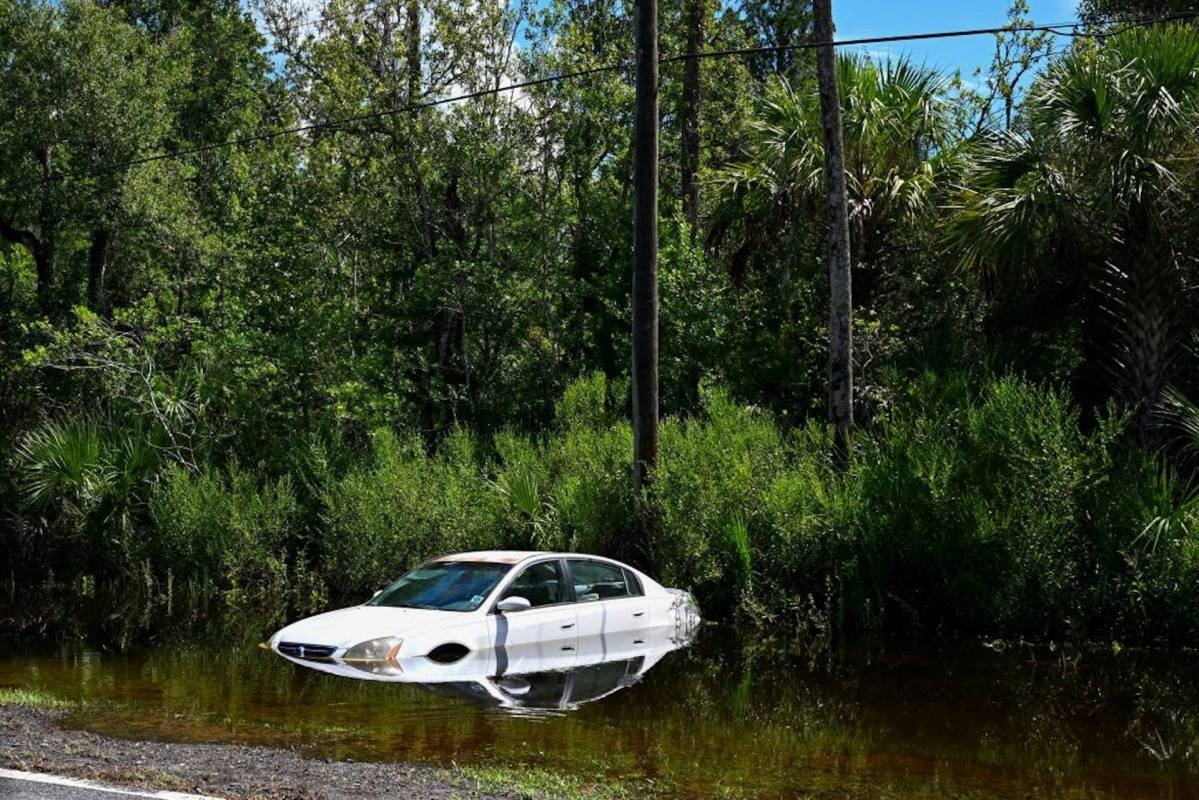When looking at safety factors of places to live, there's a new kid on the block — and it's likely not something you've considered in the past.
With the effects of Earth's rising temperature becoming more prominent and extreme, Grist reported that the Environmental Defense Fund and Texas A&M University recently released the most detailed interactive map of the United States' vulnerability to dangers such as fire, flooding, and pollution to date.
The analysis covers over 70,000 census tracts, which roughly resemble neighborhoods, and maps out environmental risks alongside factors that make it harder for people to deal with these hazards, such as income levels and access to health care and transportation.
The data showed that all 10 of the most vulnerable counties are in the South. As Grist reported, St. John the Baptist Parish, just up the Mississippi River from New Orleans — an area that was recently left worried it would be left without safe drinking water — ranks as the most vulnerable county.
In another example, Florida was rocked by unprecedented storms like Hurricane Idalia. A report by Realtor.com further showed that 70% of recent home buyers considered risks from natural disasters when deciding where to live.
The Climate Vulnerability Index tool will help communities get funding from the bipartisan infrastructure law and the Inflation Reduction Act signed into law by President Biden last summer. As reported by Grist, an executive order from Biden further affirmed that "disadvantaged communities" would receive at least 40% of certain federal investments in climate and clean energy programs.
Because of this law, among other benefits, over $2 billion has gone to updating the grid to make it more reliable, something Texas residents were more than thankful for this summer when solar energy and batteries helped maintain their grid and stave off power outages during record heat.
In a 2021 report, Michael S. Regan, Administrator of the U.S. Environmental Protection Agency, said, "The impacts of climate change that we are feeling today, from extreme heat to flooding to severe storms, are expected to get worse, and people least able to prepare and cope are disproportionately exposed."
Grace Tee Lewis, a health scientist at the EDF, further said, as quoted by Grist, "The Biden Administration has made a historic level of funding available to build toward climate justice and equity, but the right investments need to flow to the right places for the biggest impact."
Join our free newsletter for weekly updates on the coolest innovations improving our lives and saving our planet.









